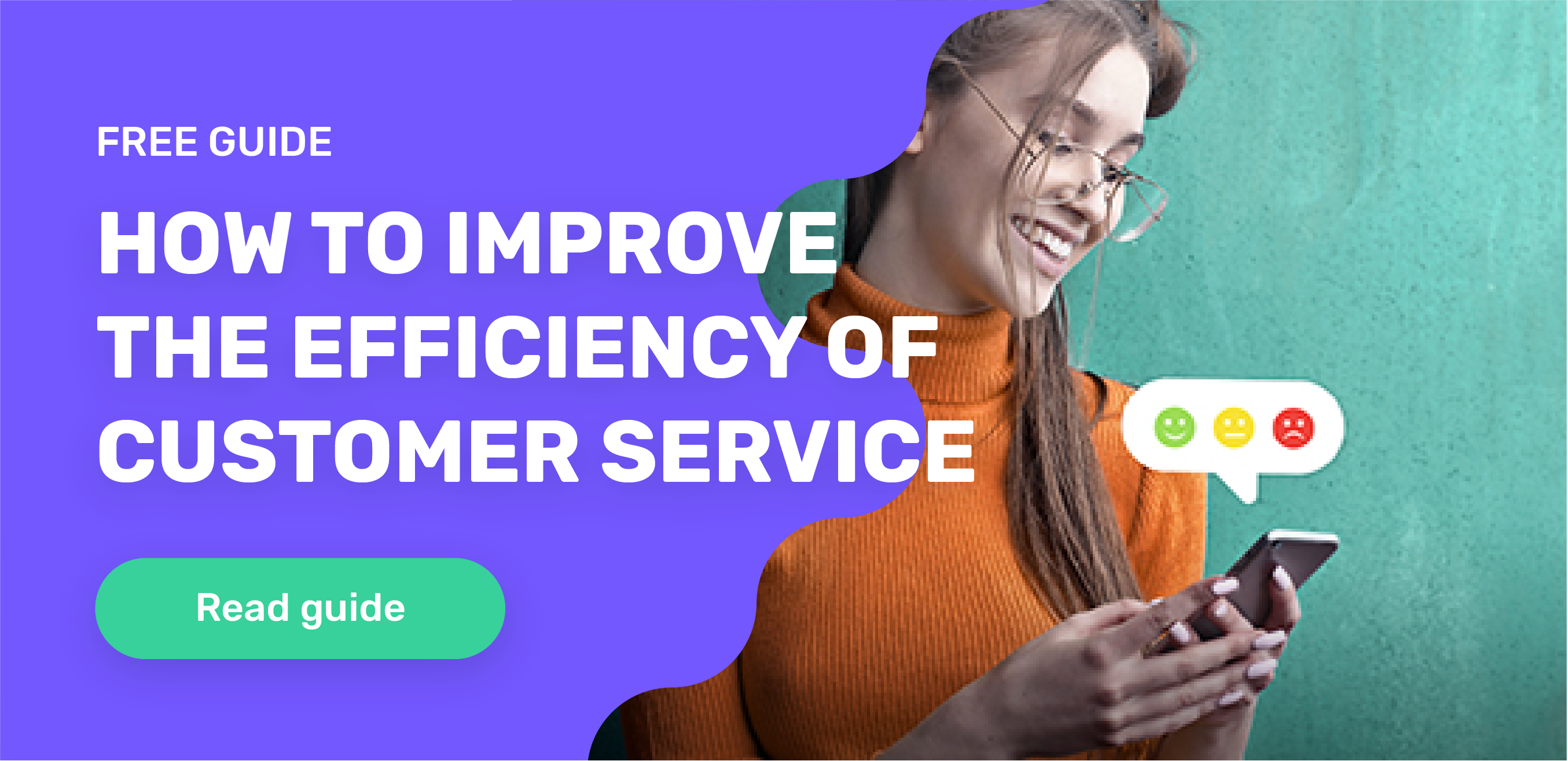In this blog we explore two strategies for converting online visitors; proactive and reactive chatting and also give our recommendations based on our experience and results achieved with our customers.

Let us start by explaining shortly what the difference between these two approaches is.
A reactive chat means that the online visitors have to, by themselves, click on a button that would prompt the chat to start. A proactive message is an automatically configured message that appears to the visitor.
Now, let's imagine you are a sales rep in an electronics warehouse, a customer walks in and you see him looking at one product for a long time, wouldn’t you go up to him and ask if he needs any help?
The likelihood is that he is looking for some information that will satisfy his requirements in order to make the purchase. Well, the same idea applies to a website.
A Forrester research study has shown that a reactive chat will give a return on investment (ROI) of 15% while engaging online visitors with proactive chat will give a return on investment (ROI) of 105%.
We have also seen these same results in the field, although they vary by industries and domains. So in the end of the day, when done right, meaning carefully placing the proactive messages in order for the visitors to be prompted and converted, it is just good service.
Then your next question might be; who should I target? For configuring an automatic message is quite easy, but resources are limited so you want to focus on those online visitors who have the best business potential.
So, we have identified three different groups of online visitors in a website that offers products or services. First, there are the visitors who will not buy anything, no matter what. With these types of visitors, we recommend not to waste resources. The second group are those that will buy, they have their mind set to buy. It can be appropriate to target them when you can upsell or cross-sell to them.
The last group is the key group to target. These are the hesitant visitors. They are the people who need convincing for them to make a purchase. They probably need some type of motivation, like a discount, free delivery or just information about the product or service they are interested in. Proactive chat has proven to be a really effective method of converting these visitors into buyers.
Tips on how to implement proactive chat
Here are a few ideas on who you can target and how, in order to increase your conversion:
- Visitors who have products in their shopping cart or are looking through various similar products but haven’t bought anything yet. A good script to engage with them can be “May I help you with your basket?”
- Returning visitors. Maybe they have bought in the past or not, but you know they have been on your site before and that they are interested in your brand, so build rapport with them. In this case, a proactive message script can be “Welcome back, are you looking to find something special?
- Visitors on a certain landing page. Some landing pages from your domain will have either high or low traffic. When there is high organic traffic, check what the visitors are looking for with the search keywords and use them in your proactive message accordingly. If you are having low traffic then use incentives to convert them. Use a proactive message such as “ Did you know that if you buy over €50 your shipping is for free?”
- Visitors on a certain product or service offering page. These visitors are interested in your offering, so for a proactive message ask them the following: “Do you need more information about a certain product/service” or “Are you looking for something in particular”
- Depending on your products and services, you can also target visitors from particular locations. We recommend that when possible, try to target these visitors using their own mother tongue. The message can be (in visitors native tongue) “We ship products to your location, would you like us to help you?”
In addition to all the above mentioned, you can also use proactive chat messages for cross-selling and upsell.
For example, if a customer has placed a mobile phone to a basket, you could ask him if he also needs covers for the phone. Or if you have a special offer that would benefit the customer you could start with a proactive message like “ If you buy product “A” you get product “B” with a 25% discount, would you like to know more?”
What to do and not to do in proactive chat
In order to maximise the effectiveness of your messages, always try to link the content of the page, where you will trigger the proactive message, with the message.
Use the visitors information to your advantage, so if they are second-time visitors or recurring visitors, try to build a relationship with them, if they have a large shopping cart and are still looking for products, offer assistance and help them find what they are looking for.
Do not prompt your visitors with a proactive message on every page if they have closed your chat window.
Also if you have spoken to them, make sure they don't receive another proactive message. Try not to be pushy and give them time to look at your website before trying to chat with them. Avoid any generic yes or no questions, any messages with a question should try to start a conversation, not end it.
How does this sound? Are you ready to take a more proactive approach to chatting? Read more about proactive customer service and how it can help efficiency in our guide!
This blog was originally published in 2017 but has since been revamped and updated.
